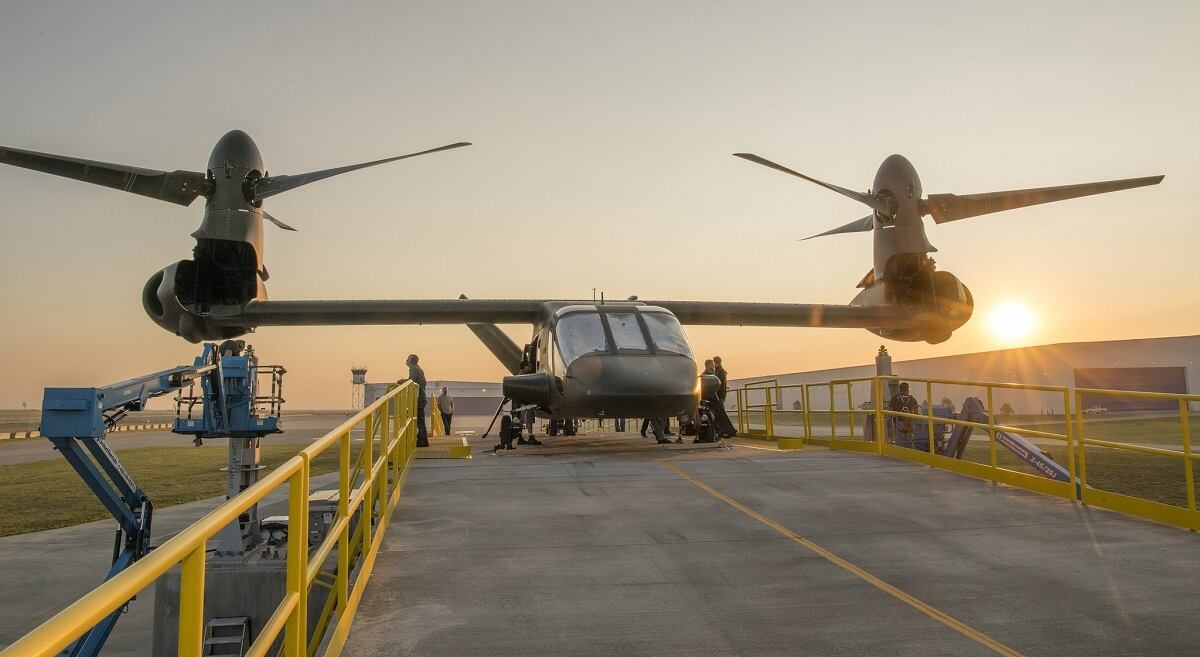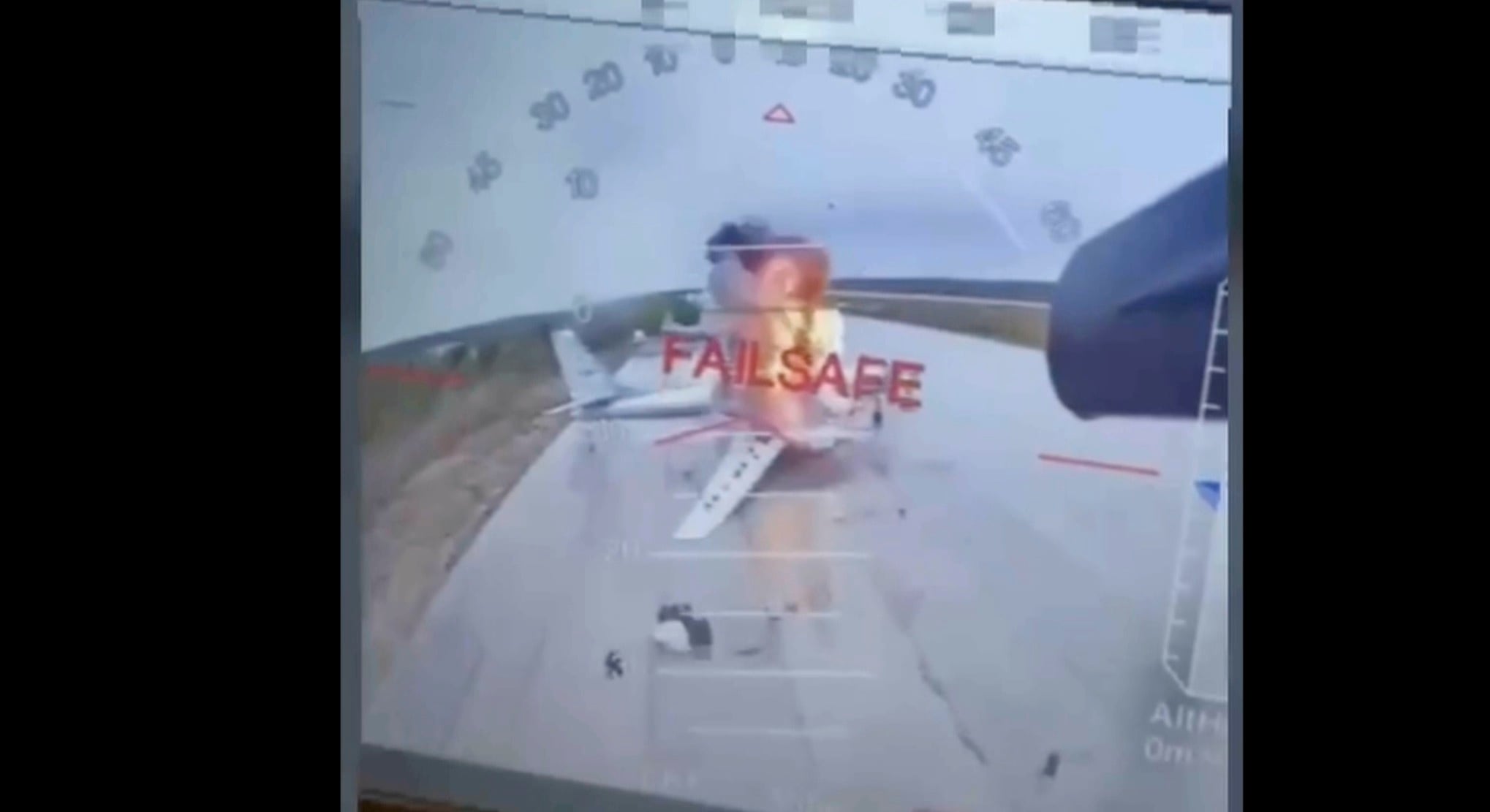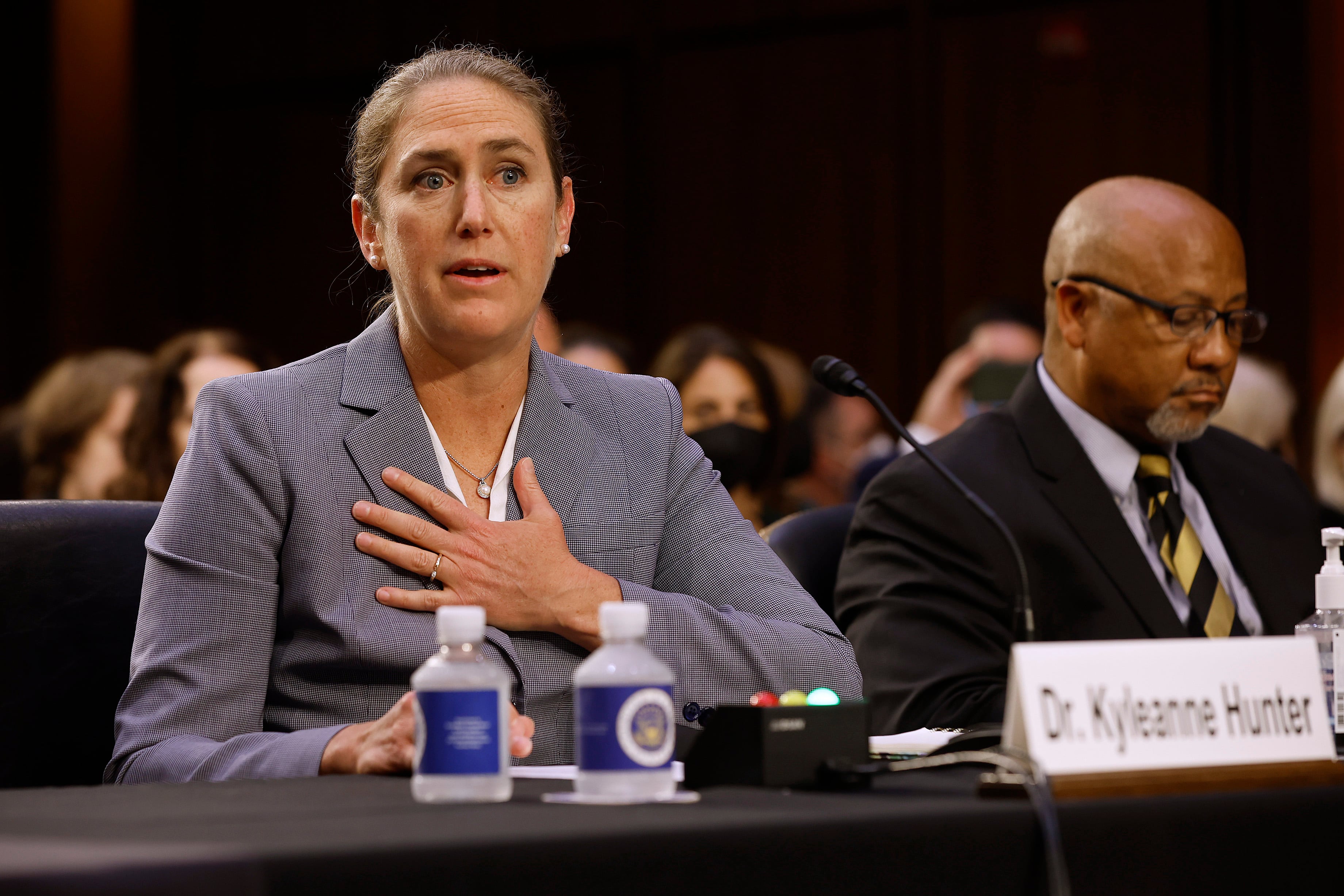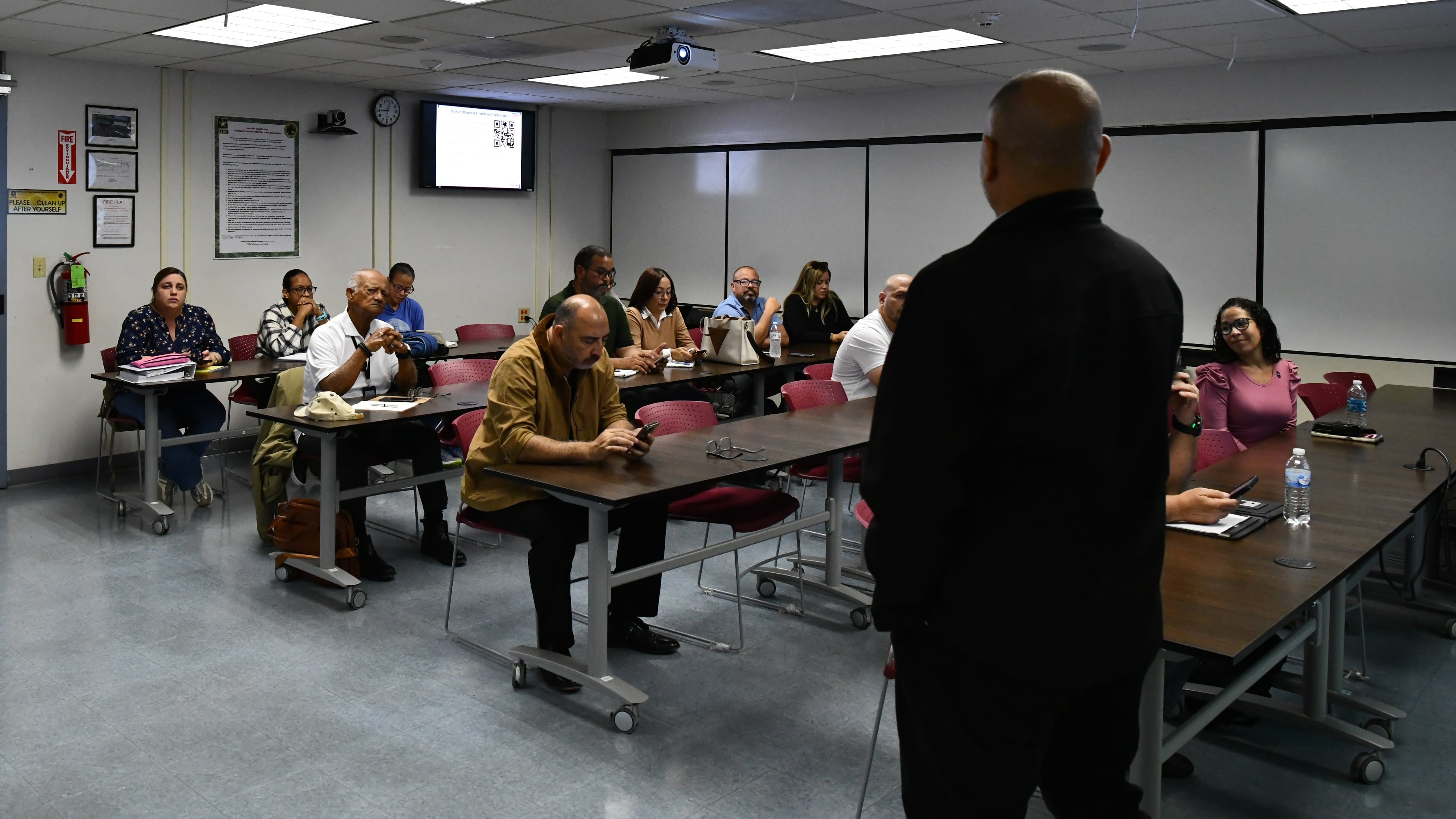WASHINGTON — The Army has an ambitious plan to develop, build and acquire a new family of vertical lift aircraft expected to come online in the 2030s. But naysayers often point to the service’s muddied track record in acquiring new weapons systems, particularly new helicopters.
But this time it will be different, according to Brig. Gen. Frank Tate, the director of Army aviation in the service’s Office of the Deputy Chief of Staff for operations, planning and training.
“What we want to achieve is significantly different from the way we’ve done business in the past and has the potential to make a huge difference in the future,” Tate told Defense News in a recent interview at the Pentagon.
The pressure is on to succeed.
Future Vertical Lift (FVL) was named the third top priority in a list of six modernization priorities laid out by the Army when it announced it would stand up a brand new command focused on modernization last fall. And Army Chief of Staff Gen. Mark Milley has said the service’s goal in achieving future readiness is for future capability to be 10 times improved.
While that sounds daunting, Tate explained that doesn’t mean an aircraft has to be 10 times faster, can travel 10 times farther, can carry 10 times more in payload and is 10 times more lethal. It’s a “cumulative assessment” of capability based on improvement in those key performance parameters, he said.
So with that in mind, the Army plans to build an FVL aircraft using a method to incrementally achieve more and more capability over time that is not unlike the business strategies employed by Apple and Samsung, Tate said.
[Army Aviation Has a Weight Problem]
Moving beyond the industrial era
“One of the problems with the way we worked in the past is we were working on an industrial era model and you would buy [aircraft] and you would have those [aircraft] for 40 or 50 years and everything is exactly the same and there’s very little change,” Tate said. “Well now we are in a Moore’s Law world and so are our enemies and our adversaries. And increasingly Moore’s Law leap-aheads in technology are available at low cost to even low-end adversaries.”
Tate warned that if the Army continues to operate using an industrial-age model where an original equipment manufacturer is locked in to provide both the airframe and everything inside — from the cockpit to the sensors to the weapons systems — it will “inherently fall behind a more agile enemy that is not locking themselves into that model.”
The Army has conceptualized a way to procure its future helicopters along with state of the art technology that will drive FVL capability at a rapid pace.
If it is successful it could mean better procurement results throughout the service.
For example, the Army is separating the work it’s doing to procure an airframe for the helicopter with the work to develop and build missions systems that would go inside.
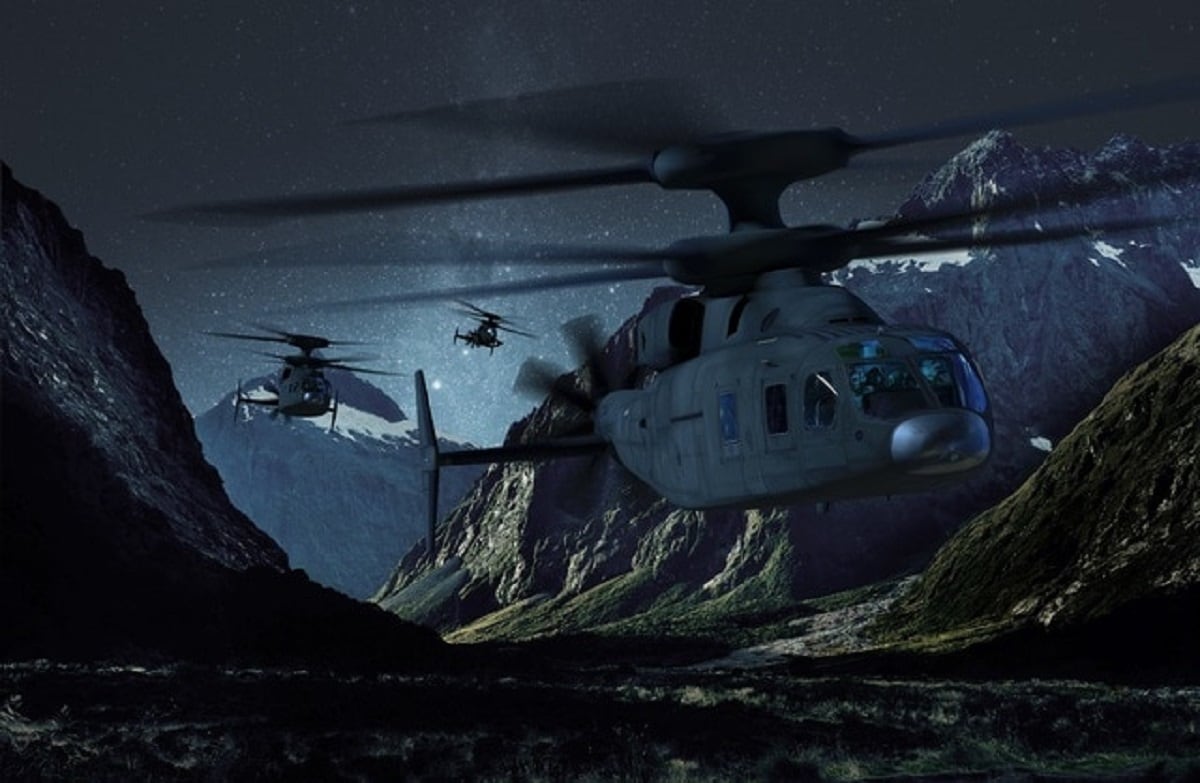
And two demonstrator aircraft — one from Bell Helicopter and one from a Sikorsky-Boeing team — will spend this year into next flying in order to test out promising technology. Because the Army will spend more time working out the kinks in a prototyping phase rather than during an actual program of record, it will be easier to define requirements and to expedite the process of building and fielding a future aircraft, according to Tate.
[V-280 Valor flies for the first time]
Acquiring the right mission systems is a completely different ballgame.
“It will take X number of years to build the [aircraft], but if we were to write a requirements document today that specifies what all the digital Moore’s Law type things are going to be, you are guaranteeing you are going to be buying an antique by the time it comes out,” Tate said. “After a year and a half, I can’t stand my cell phone … because there are already so many better things on the market.”
That same concept applies to sensors and other systems that would go inside a future helicopter, he said.
Aircraft sensors that would provide such capabilities like the ability to see in a degraded visual environment, fly autonomously, or protect the aircraft from enemy fires are expected to evolve at a much more rapid pace than the airframe’s technological capabilities.
“So why would I write a requirements document today that included all those things already? So how do you tackle that though because you need to be able to, when the [airframe] is ready, to then integrate things rapidly that is the most modern, the best thing that can be bought then,” Tate said.
A defense backbone for Army, ‘just like Apple has ios’
The answer? The Army needs to own its own digital backbone that sets up the architecture so any mission system developed to the backbone’s software and hardware standards can plug in akin to how apps are developed for Apple or Samsung, Tate said.
“In a perfect world, that architecture then spreads to all of our platforms over time, potentially not just aviation platforms,” Tate said. “If we are successful in what we want to do in Army aviation that could find its way into tanks or other combat vehicles because now we have a defense backbone, just like Apple has ios.”
And by having a flexible backbone, there are other implications in procurement that could contribute to affordability while also fostering competition.
For example, while there are 2,000 UH-60 Black Hawks in the Army inventory now, not every aircraft will have to have the same sensor, Tate said, because it will be easy to plug-and-play capability.
The Army would order smaller lots of a specific sensor from one company and, perhaps, a few years later a different company will have built something more capable and the Army could then buy that, Tate said.
Currently, the Army is “married” to particular systems within an airframe, Tate said. “We even name funding lines based on the product that won,” a competition, he said. “So I want to change that. I want to name funding lines things like ‘light precision munition,’ no name of what precision munition.”
By increasing competition, technology will advance at a more rapid rate and costs will be driven down in order to stay competitive, according to Tate.
Tate said the first step in establishing a backbone architecture is the UH-60 Victor.
Northrop Grumman won a U.S. Army contract to upgrade Black Hawk L-model helicopter cockpits from analogue to integrated, open-architecture digital ones. The converted version is called the Victor-model.
[Flight of Northrop's Victor-model Black Hawk opens door for more cockpit business]
“Now, we will have industry partners that are helping us build it and design it and everything like that, but we are not married,’ Tate said. “If another company comes down the road as Program Executive Office Aviation continues to work on [development, offering] cheaper, better, faster Moore’s Law ideas, it’s a contract of just a few years and then you can recompete and go to another company.”
The Victor will also allow the Army to test how effectively and quickly it can integrate systems onto the aircraft based on vendors designing to a specific standard, he added.
Ideally, the future aircraft’s mission systems will be so flexible, they will be able to be programmed for a mission with the right capabilities in simple reboots overnight, for example, Tate said.
And the level of flexibility of a digital backbone would prevent the catastrophic failures of the past that could kill an entire program.
“You don’t have to kill the whole platform because you are not happy with one of the mission equipment aspects of it, or delay the whole platform because of that,” Tate said. “You can cut just that little piece and award it to somebody else that is doing something better all of a sudden.”
Jen Judson is an award-winning journalist covering land warfare for Defense News. She has also worked for Politico and Inside Defense. She holds a Master of Science degree in journalism from Boston University and a Bachelor of Arts degree from Kenyon College.
